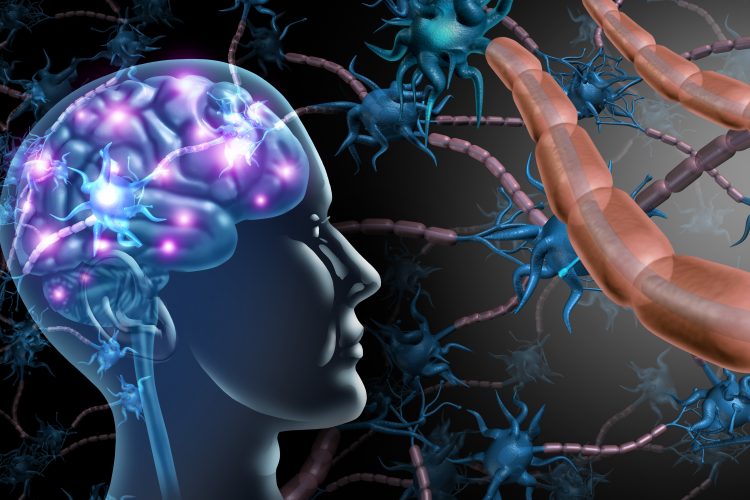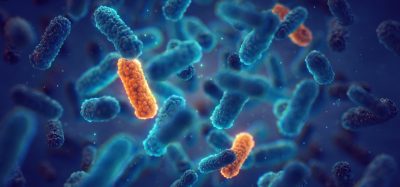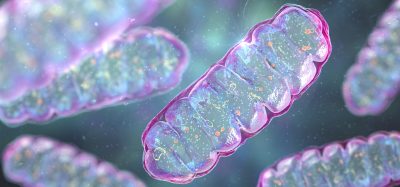Studying neural circuitry provides new drug targets for autism spectrum disorders
Posted: 16 July 2020 | Hannah Balfour (Drug Target Review) | No comments yet
The researchers suggest the regions they identified in their study could be targeted to improve dysfunctional behaviours associated with autism spectrum disorders, even in adults.


Researchers exploring the neural circuitry of autism spectrum disorders (ASD) have identified several connected regions that could be targeted by future therapies to reduce the dysfunctional social, repetitive and inflexible behavioural traits that characterise ASD.
Published in Nature Neuroscience, the paper details the work of Dr Peter Tsai, assistant professor in the departments of neurology and neurotherapeutics, neuroscience, pediatrics, and psychiatry at University of Texas Southwestern Medical Center, US, and a member of the Peter O’Donnell Jr. Brain Institute.
He explained that despite some key genes and pathways contributing to ASD being discovered, the underlying biology of the disorders was poorly understood. Continuing, he said that one brain region that had been highlighted as dysfunctional in previous studies of ASD was the cerebellum, part of the hindbrain in vertebrates, which contains approximately 75 percent of the neurons in the body and has traditionally been linked with motor control.
In their other work Tsai and colleagues had demonstrated that inhibiting activity in a region of the cerebellum known as Rcrus1 can cause altered social and repetitive/inflexible behaviours reminiscent of ASD in mice. They also showed that stimulation of this area could rescue social behaviours in an ASD-relevant model but was unable to improve repetitive or inflexible behaviours. The team explained that these studies suggested additional regions of the cerebellum might also regulate repetitive and/or inflexible behaviours.
To learn how the brain circuitry stemming from the cerebellum may be regulation ASD-relevant behaviours, the researchers worked with mice genetically engineered to reduce the activity of Purkinje cells, specialised cells that down-regulate the activity of other brain regions. When they examined the activity of the rest of the brain, they saw increased activity in the medial prefrontal cortex (mPFC), another region previously implicated in ASD. Behavioural tests showed that these animals displayed characteristic social and repetitive/inflexible behaviours reminiscent of ASD. Furthermore, when mPFC activity in the animals was inhibited, both social impairments and repetitive/inflexible behaviours improved.
The cerebellum and mPFC are at opposite ends of the brain, so to understand their connection Tsai and colleagues used microscopic imaging to trace the link between the regions. They identified the that the Rcrus1 region of the cerebellum and mPFC are directly connected in the mice with reduced Purkinje activity. In further studies they demonstrated that connectivity in this region was not just disrupted in these particular mice, it was also evident in about a third of the 94 different mouse lines carrying autism-related mutations and in two independent cohorts of people with ASD.
The researchers highlighted that after closer evaluation, they found that the anatomical connections between the Rcrus1 and mPFC regions passed through an area known as the lateral nucleus; however, modulation of this region was only sufficient to improve social behaviours in their genetic mouse model while repetitive/inflexible behaviours remained abnormal. Thus, Tsai and colleagues interrogated other cerebellar regions and found that modulation of the posterior vermis, another ASD-implicated cerebellar region, resulted in improvements in repetitive and inflexible behaviours.
The team also found that the posterior vermis also targets the mPFC and found that both the posterior vermis and Rcrus1 converge on the mPFC through another intermediate region, the ventromedial thalamus.
According to the researchers, each of these regions could be targeted by future therapies aiming to improve dysfunctional social and repetitive/inflexible behaviours. Tsai added that their ability to modulate these behaviours even in adult animals suggests that therapies targeting this circuit could potentially improve ASD-related dysfunction even into adulthood.
“Just as an electrician can repair a home’s wiring once he or she understands the wiring diagram, these findings give us potential hope for improving dysfunctional activity in the circuits involved in ASD,” Tsai concluded.
Related topics
Disease Research, Drug Targets, Imaging, In Vivo, Neurons, Neurosciences
Related conditions
Autism-spectrum disorders
Related organisations
University of Texas Southwestern Medical Center
Related people
Dr Peter Tsai








